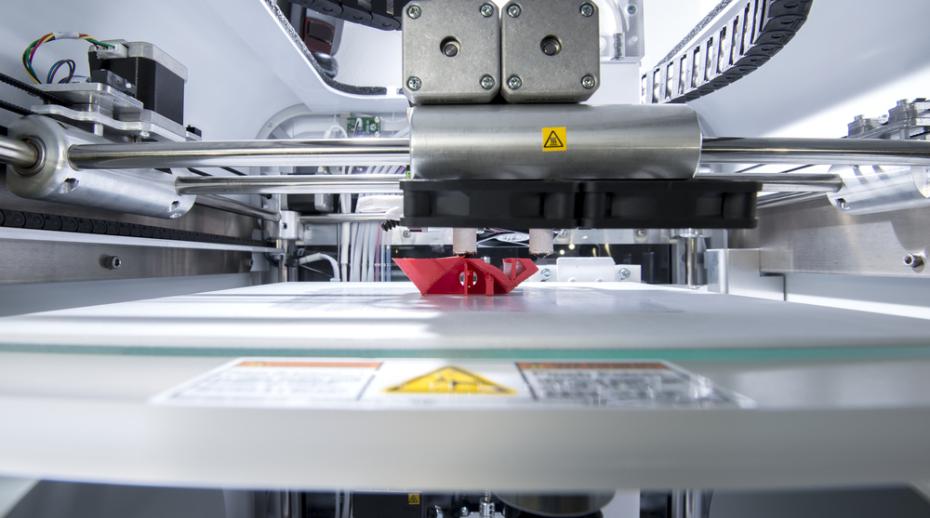
SIPRI is pleased to announce the release of a new Background Paper ‘3D printing and missile technology controls’, originally part of a compendium of research papers compiled by the Missile Technology Control Regime on the occasion of their 30th anniversary.
Additive manufacturing (AM), also referred to as ‘3D printing’, is widely characterized as a ‘disruptive technology’. It has been hailed for its potential to revolutionize the manufacturing industry by transforming existing modes of production, sales and transfers of goods and technologies in many industrial sectors. This new report critically examines the state of the technology and the extent to which AM poses a challenge to export controls, especially for missile technology.
The report explores the remaining hurdles of the technology as well as its current applications in missile manufacturing and the wider aerospace industry. It emphasizes that this technology has not yet reached the ‘at the push of a button’ scenario that many envision or fear.
One of the key challenges to export controls, states the report, is that the capabilities of AM machines makes it difficult to distinguish between machines that are proliferation-relevant and those that are not.
The authors argue that a balance needs to be struck between creating barriers to proliferation and limiting the negative side effects these controls can have on legal trade and promising civilian applications of the technology. A key example of the difficulty of applying controls on the materials used in the AM process is controls on Titanium powders, which are used both to produce dental and other implants, and in the defence and aerospace industry for airplane parts and possibly for missiles.
Furthermore, the report explores how the implementation of controls on digital transfer of build files poses a profound challenge to export controls. This constitutes issues for both companies and states, and sheds light on the increasing importance of cybersecurity for AM. Controlling the transfer of build files through audit and record-keeping requirements may, however, be one of the most effective ways to implement AM controls, if properly applied and enforced, states the report.
The report discusses the potential to advance controls on AM in three particular areas: (a) controls on the export of AM machines; (b) controls on the materials used in the AM process; and (c) controls on the transfer of build files. By using this case study of AM technology, the report also highlights the challenge intangible transfers of technology pose for export controls, and the need for effective dialogue between states, companies and export control regimes.
About the report
An earlier version of this SIPRI Background Paper was made available to the delegations of the MTCR Partners participating in the Dublin Plenary in October 2017, as part of the ‘Compendium of Research Articles’ compiled by the Permanent Point of Contact of the MTCR to mark the occasion of the 30th anniversary of the regime.